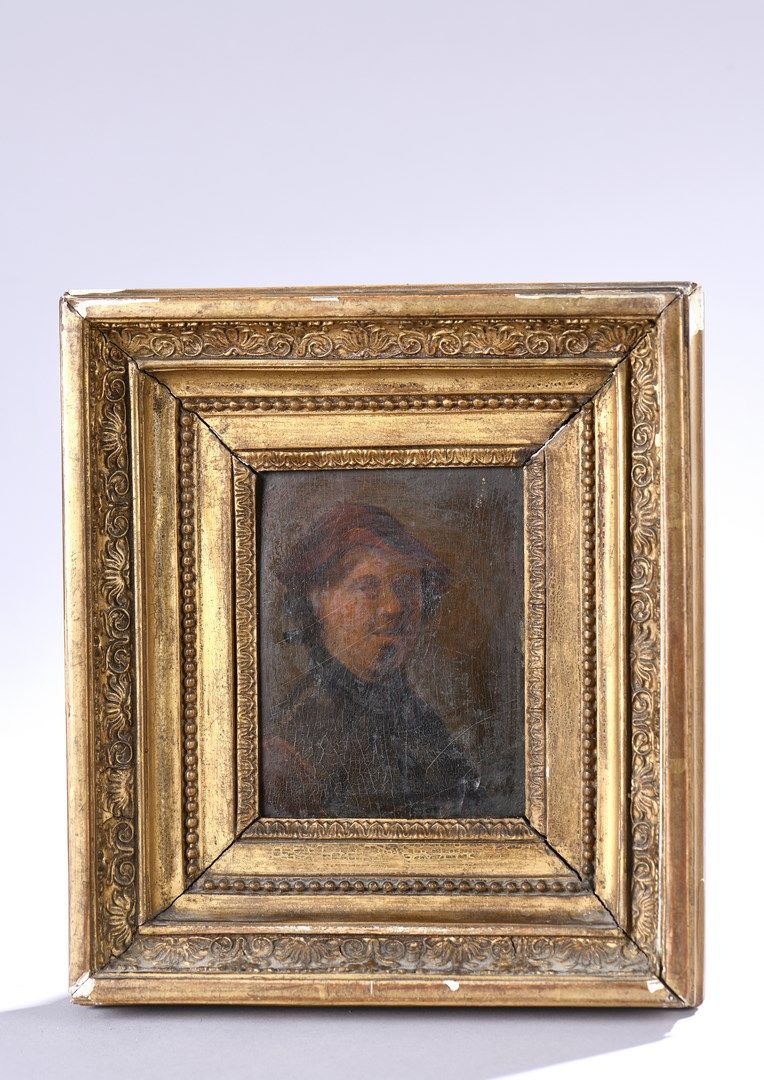Description
BROUWER Adriaen (In the taste of) 1605 - 1638 1 - Portrait of a man with a red headdress Oil on panel (Some restorations; small lifts in the lower right corner; old varnish dirty) H. 12,5 - L. 10,6 cm 2 - Portrait of a man with a book Oil on panel (Small restorations; old varnish dirty) H. 13 - W. 10,5 cm Wooden frame and gilded stucco (gaps)
35
BROUWER Adriaen (In the taste of) 1605 - 1638 1 - Portrait of a man with a red headdress Oil on panel (Some restorations; small lifts in the lower right corner; old varnish dirty) H. 12,5 - L. 10,6 cm 2 - Portrait of a man with a book Oil on panel (Small restorations; old varnish dirty) H. 13 - W. 10,5 cm Wooden frame and gilded stucco (gaps)
You may also like
